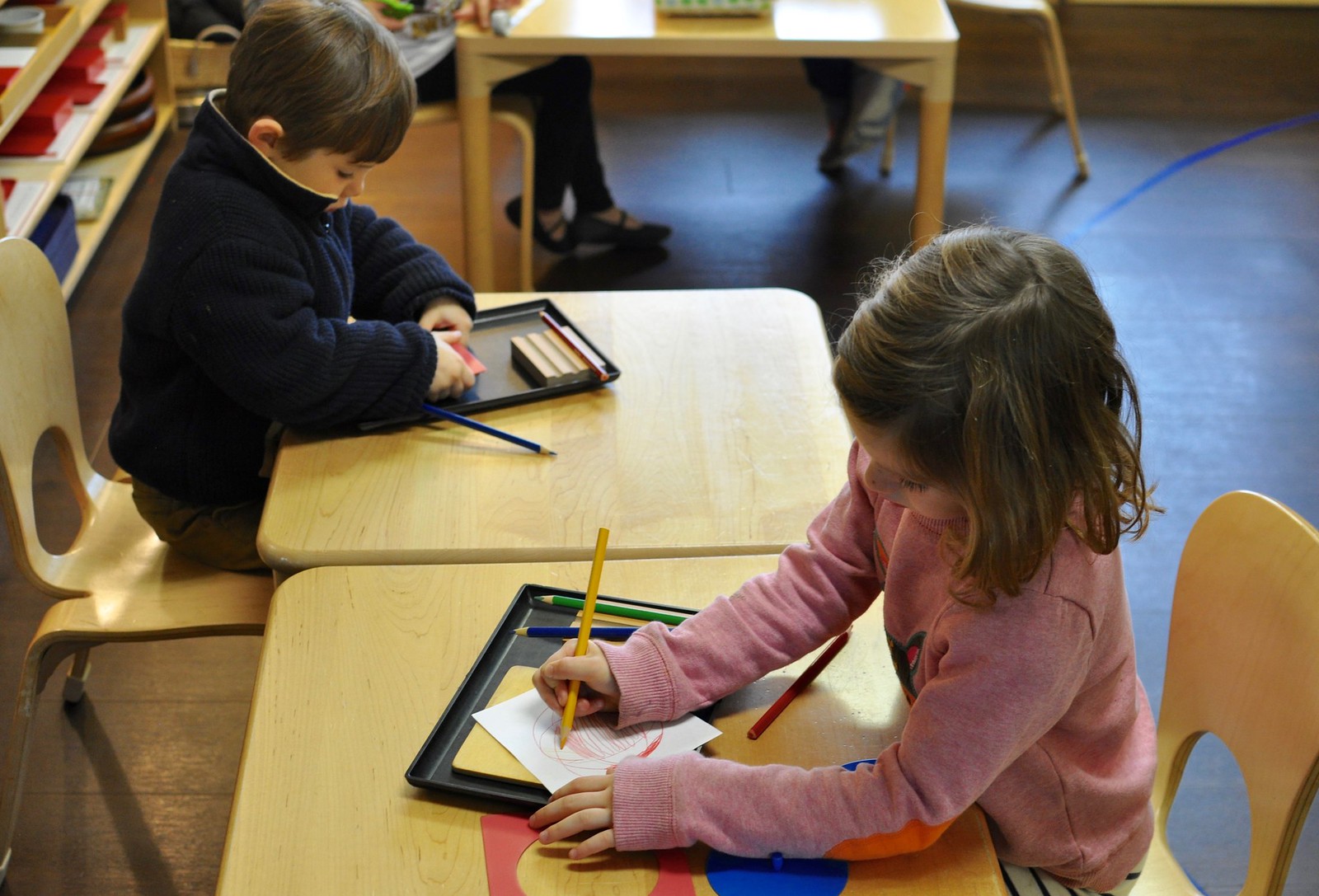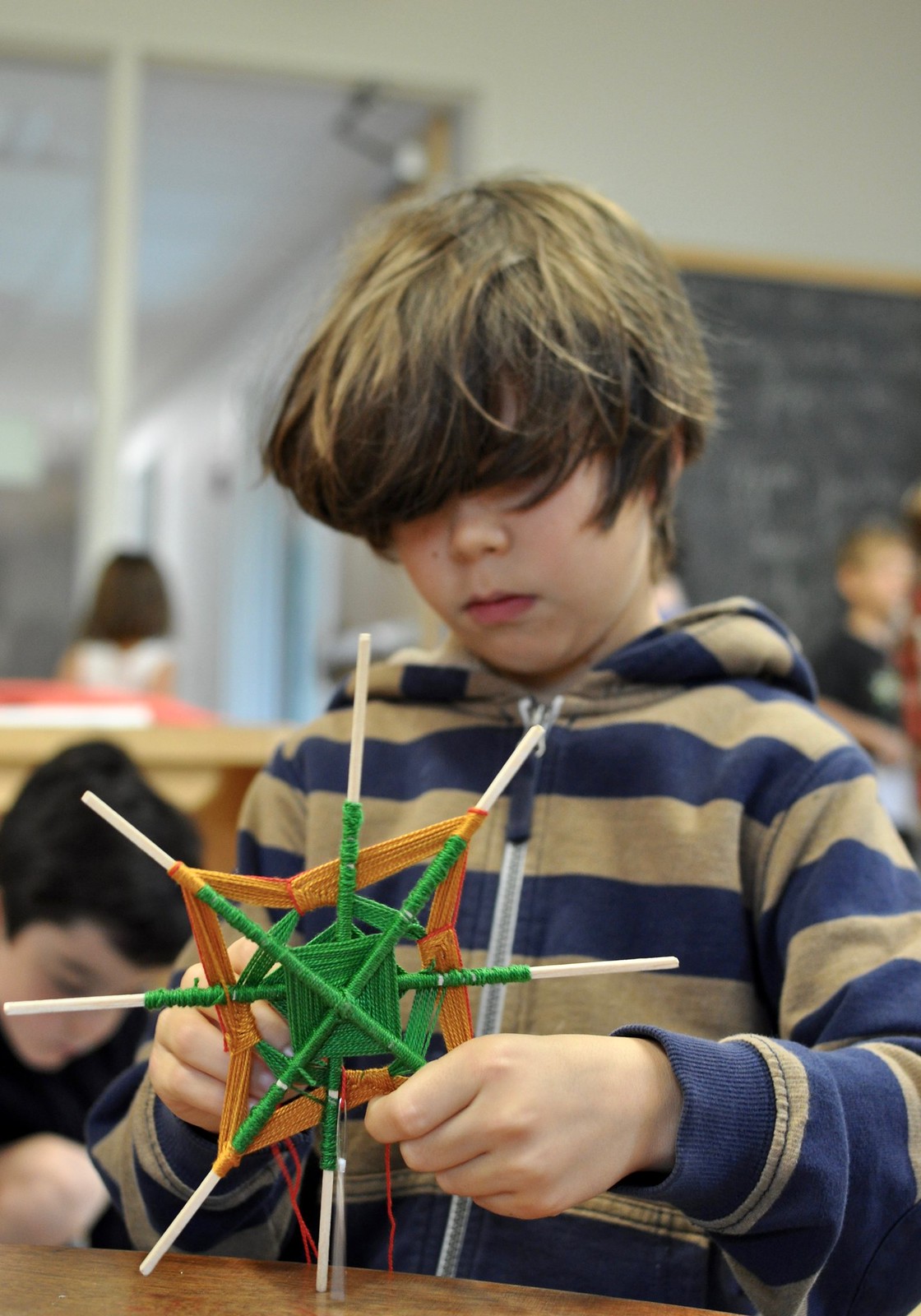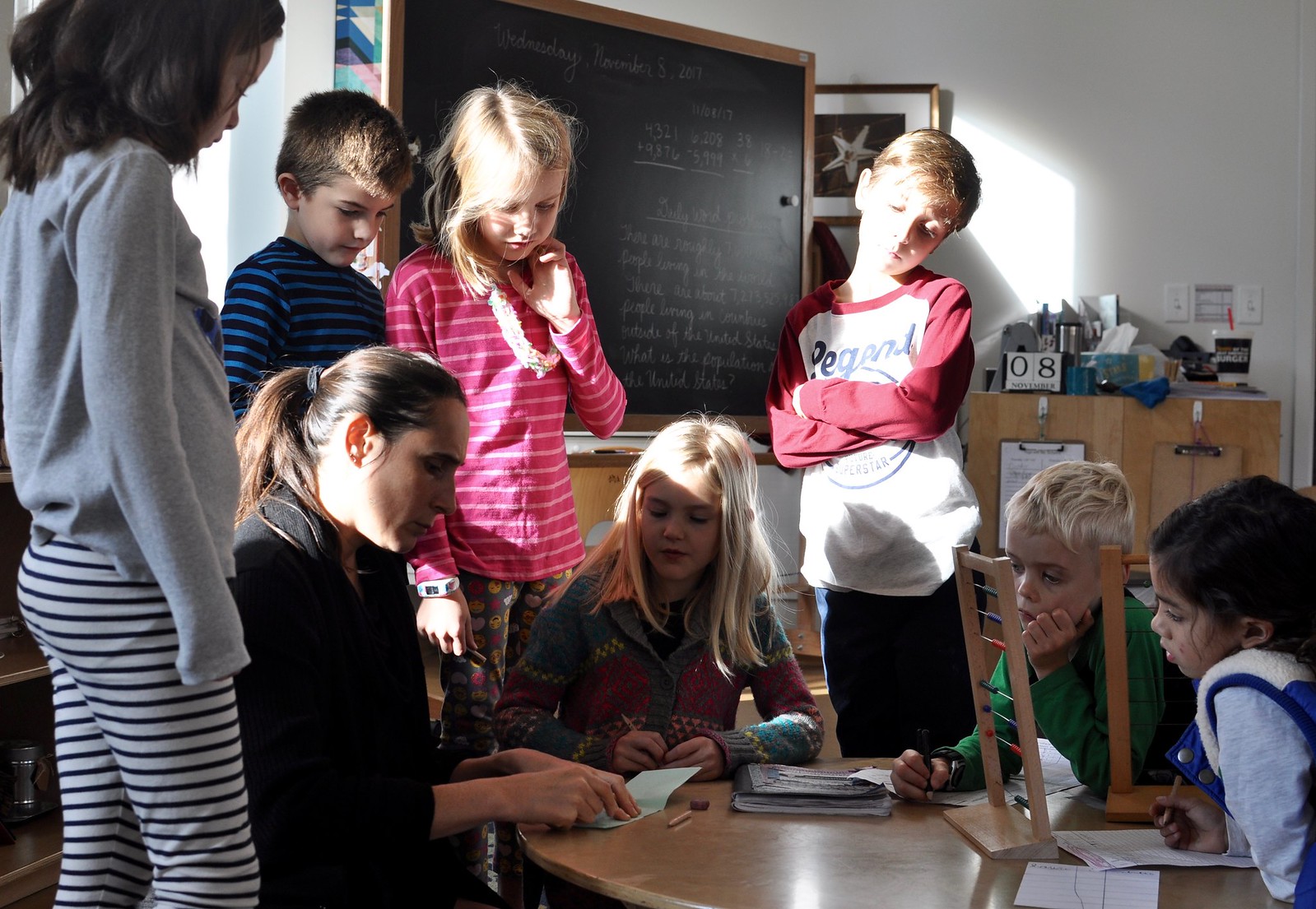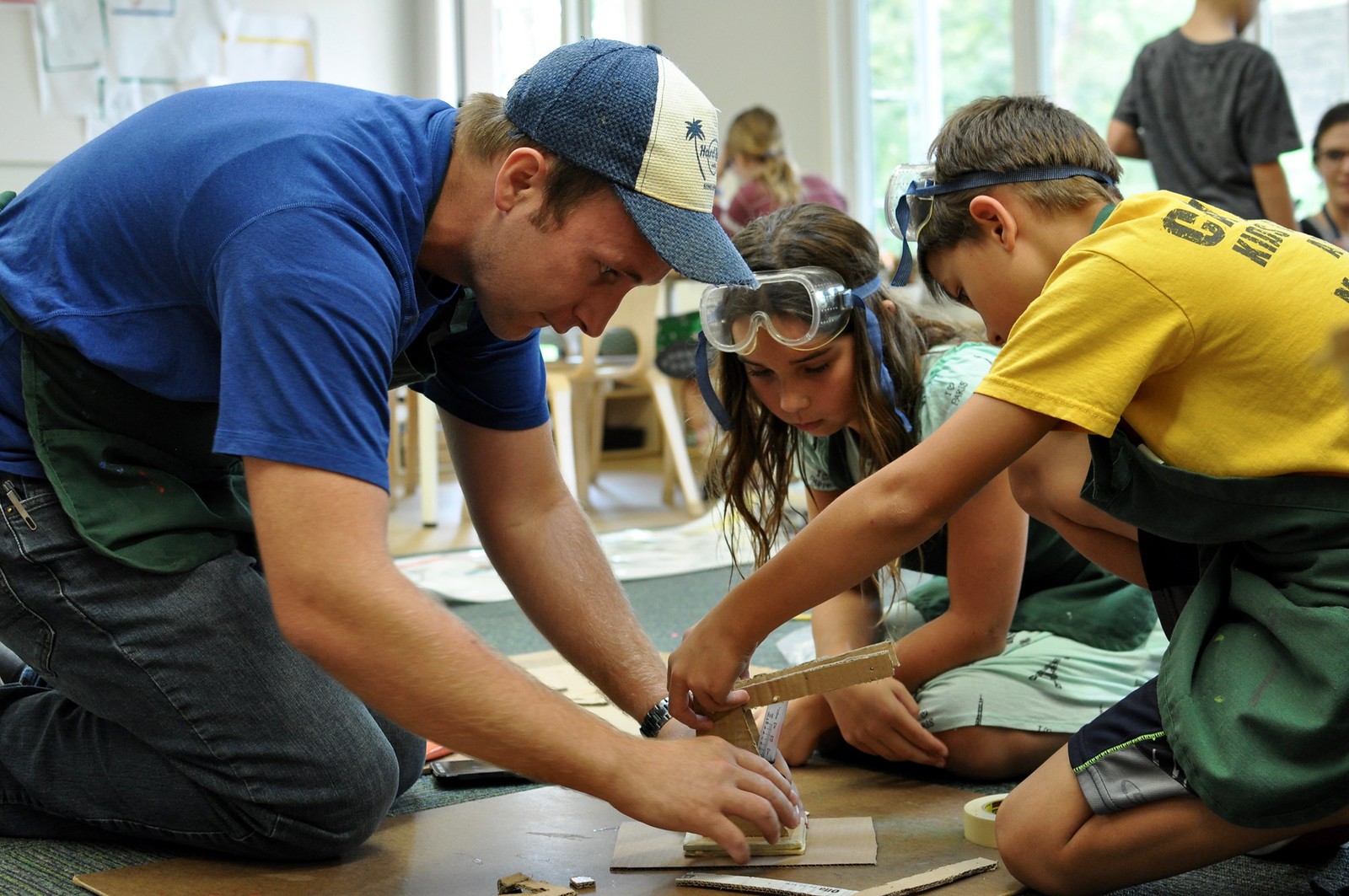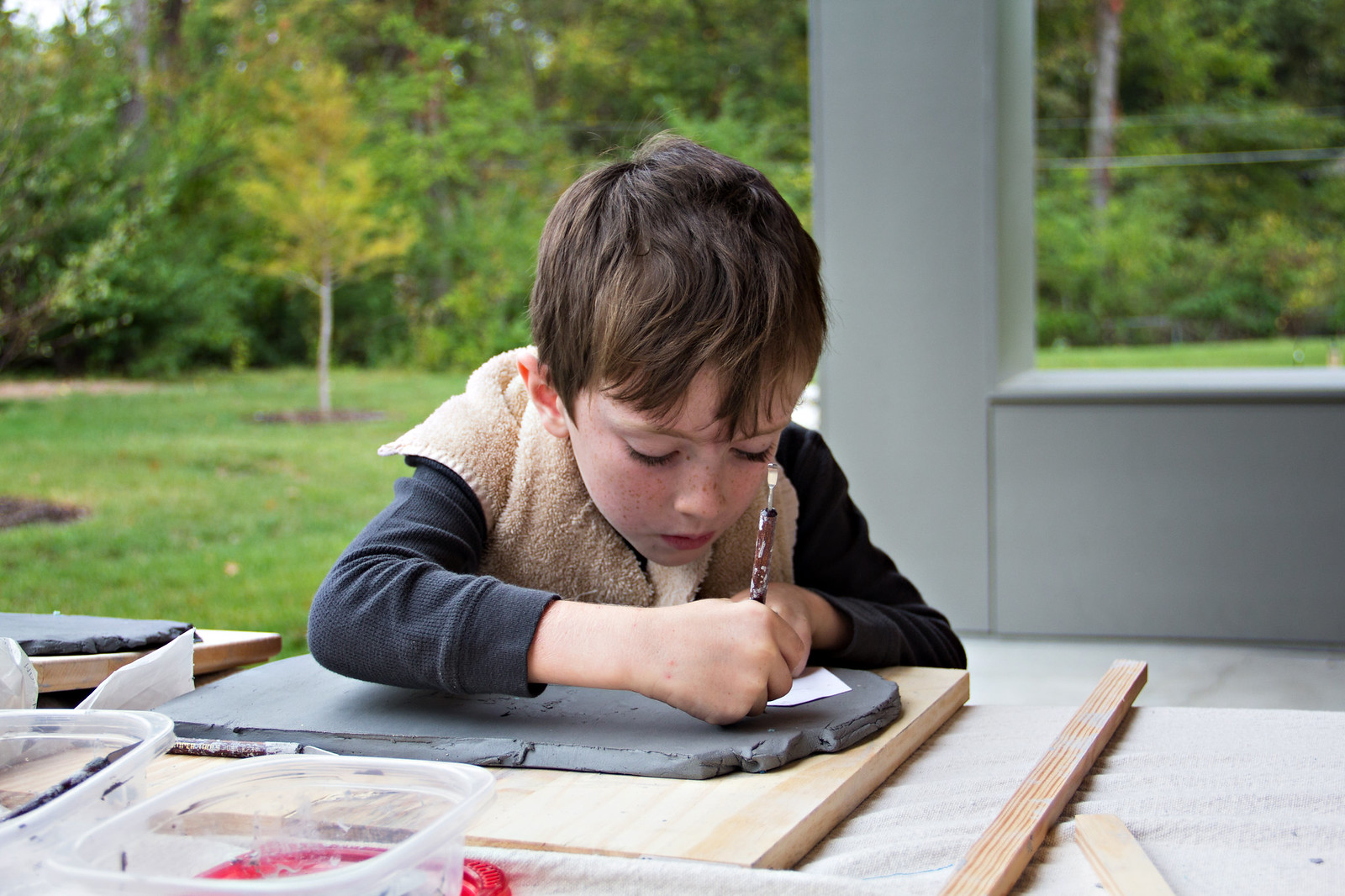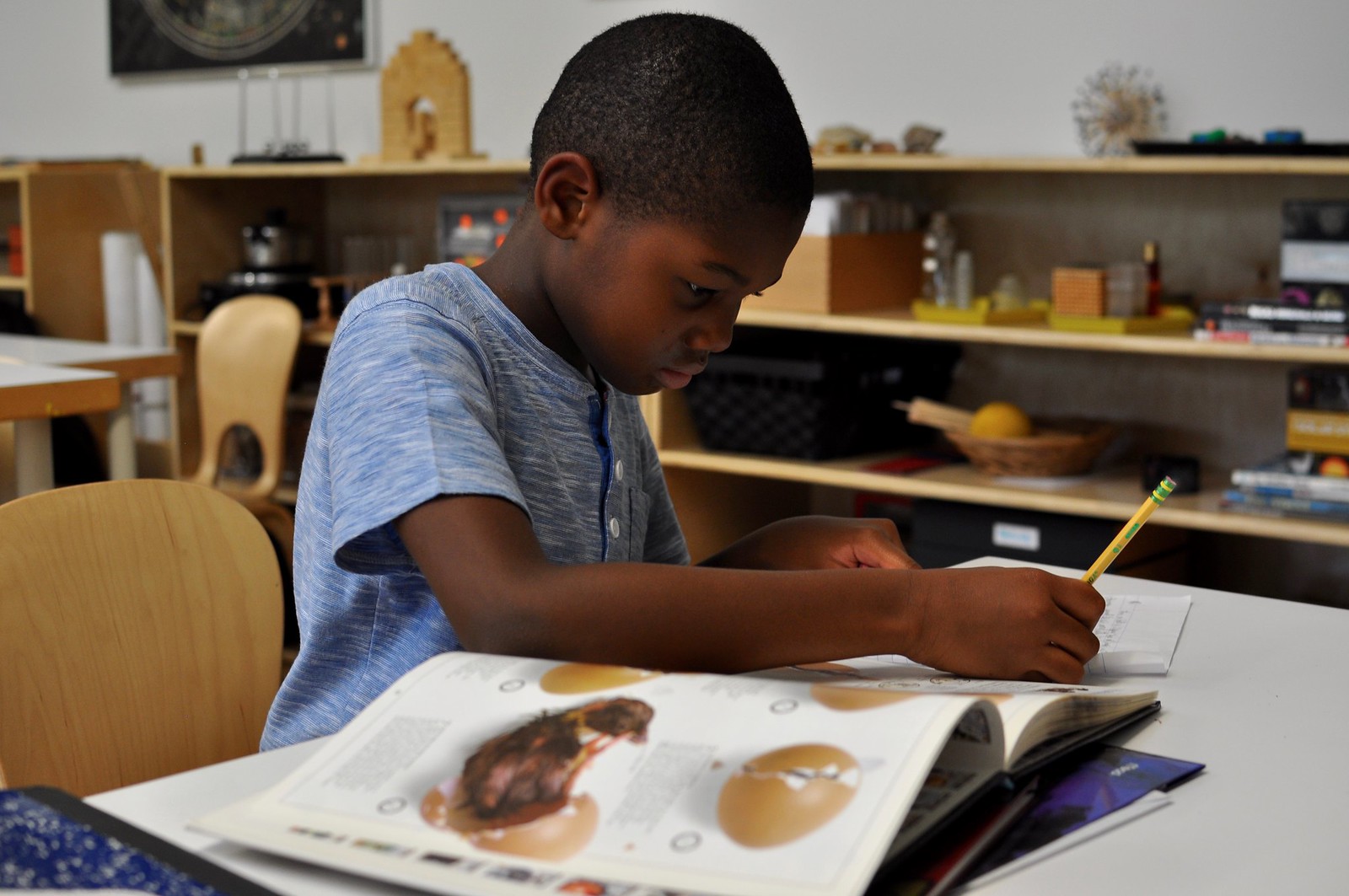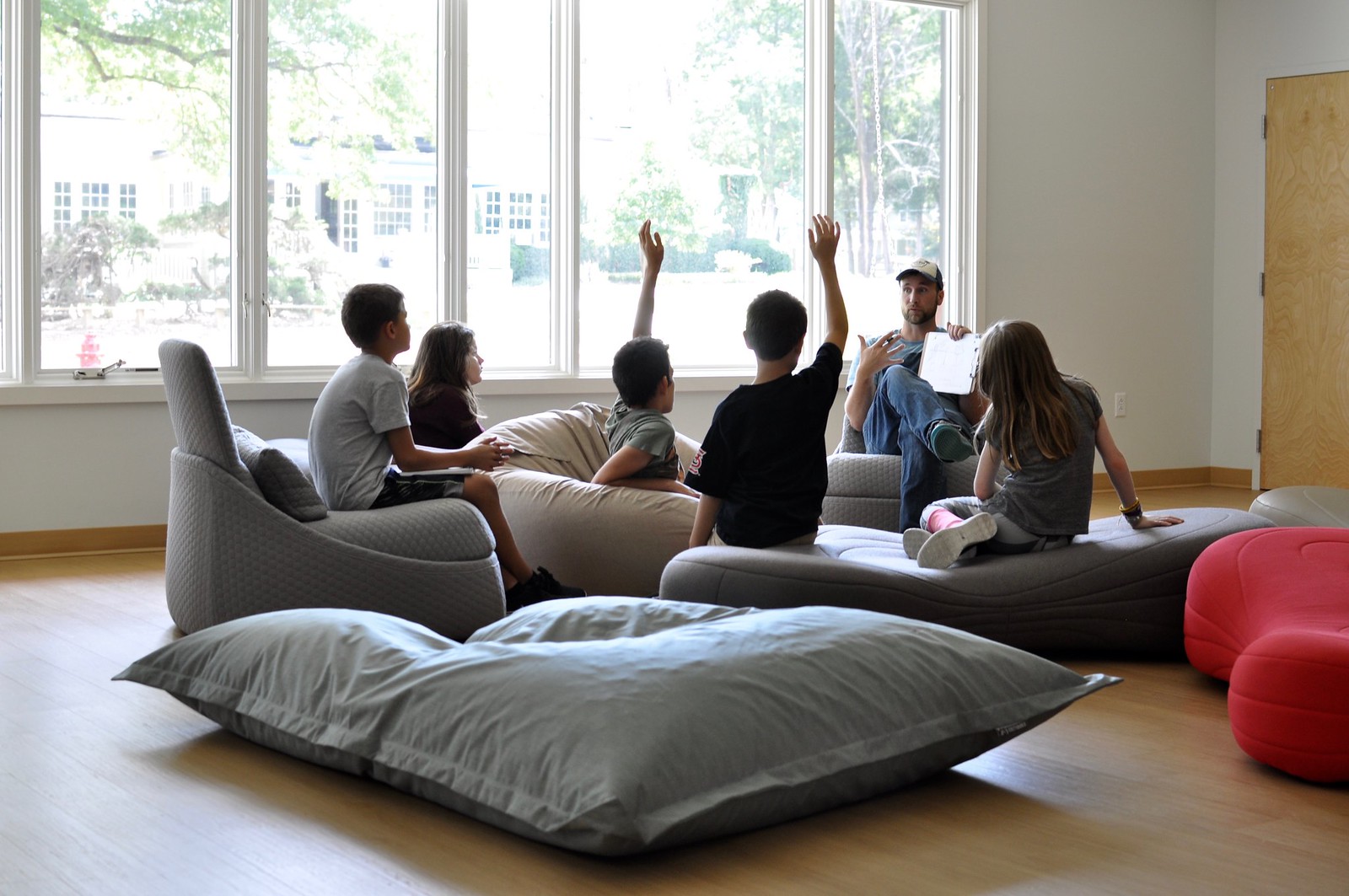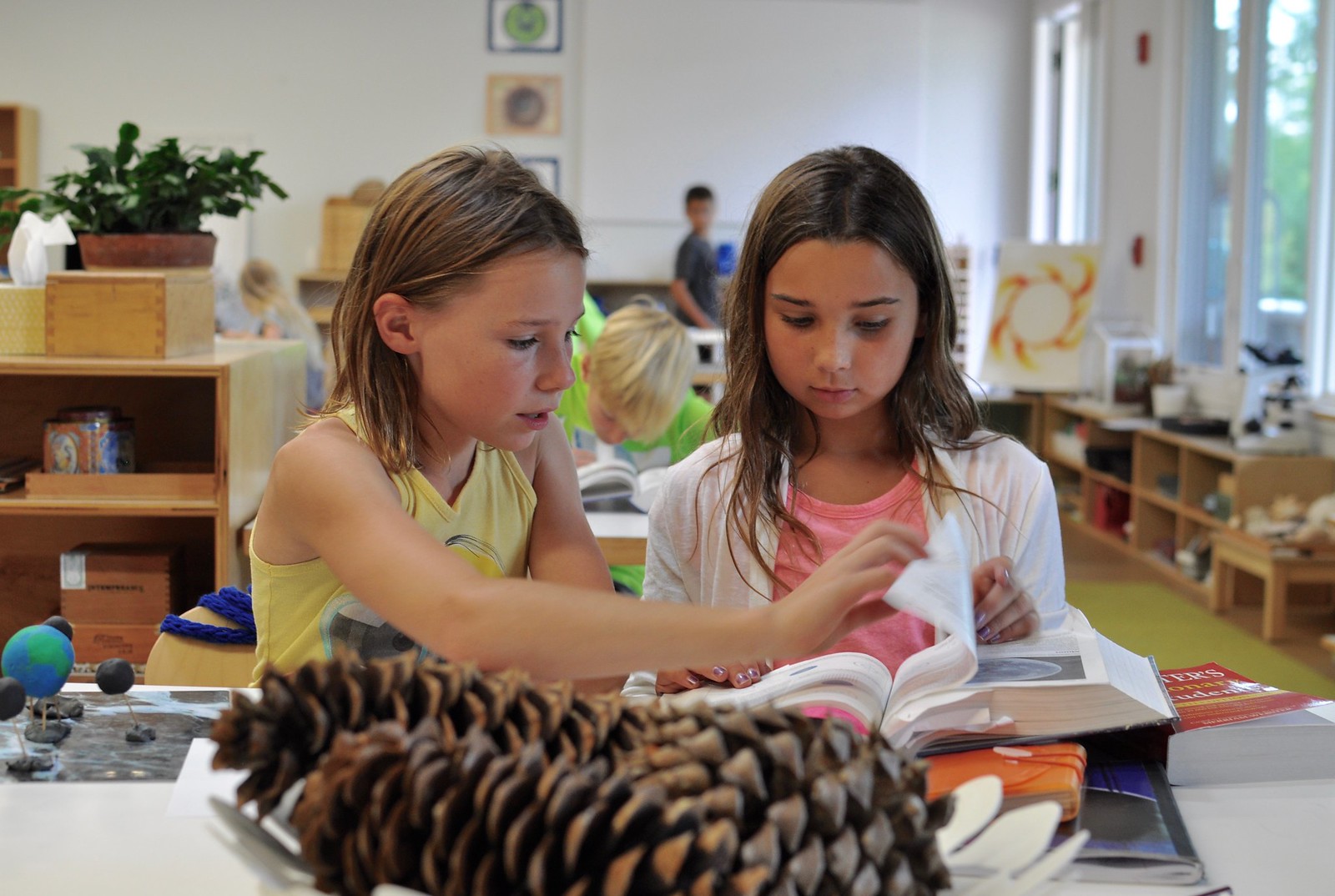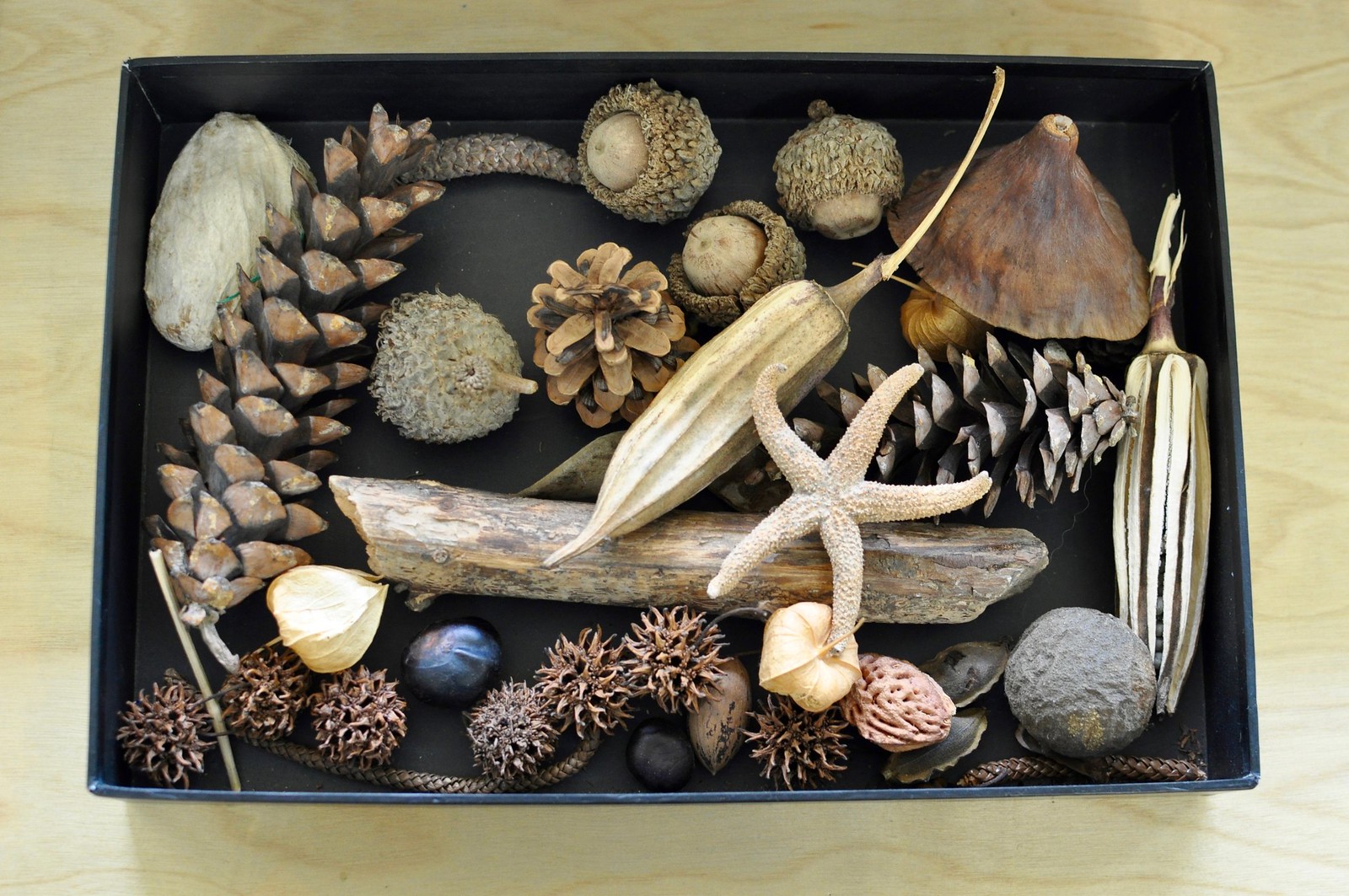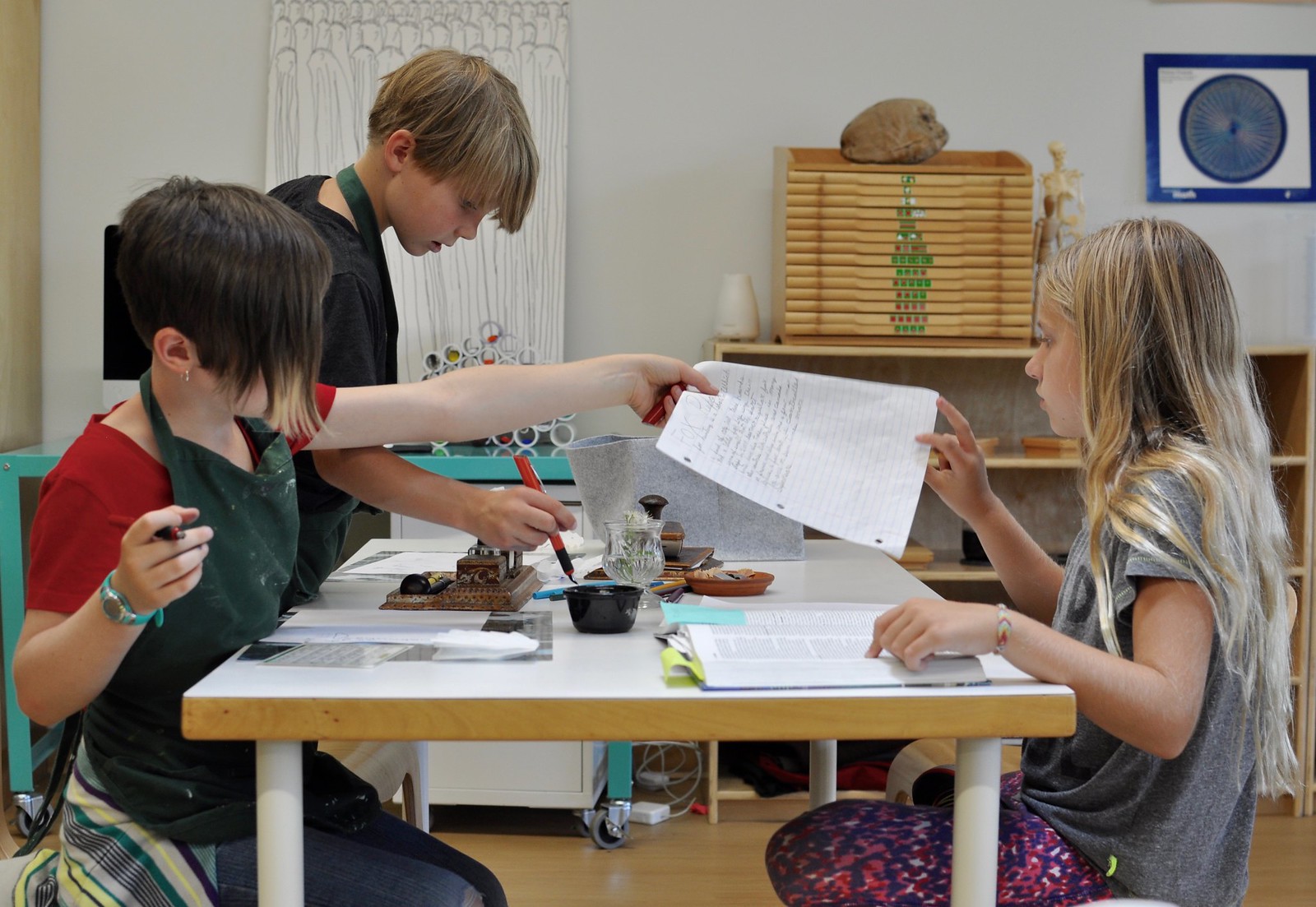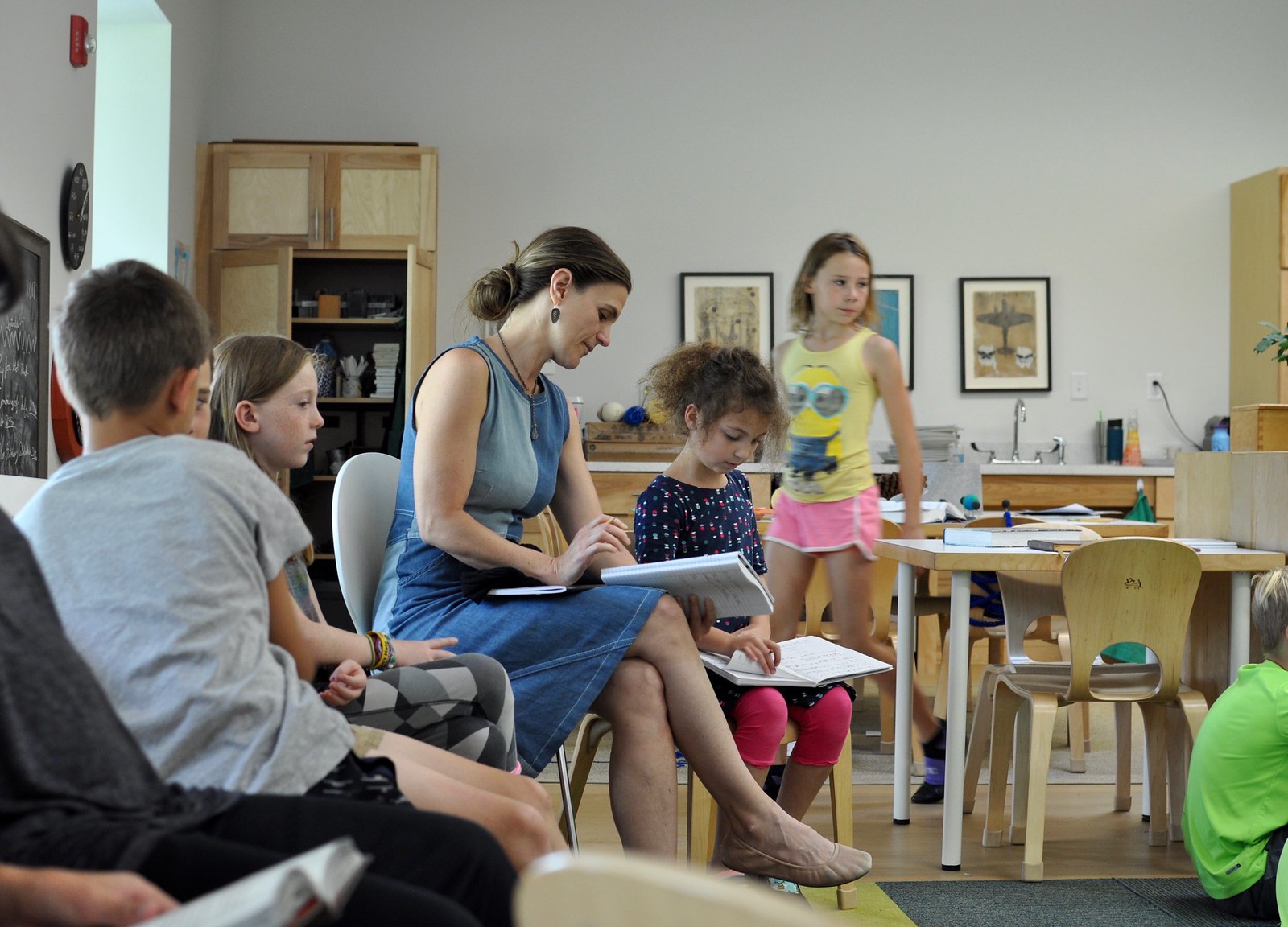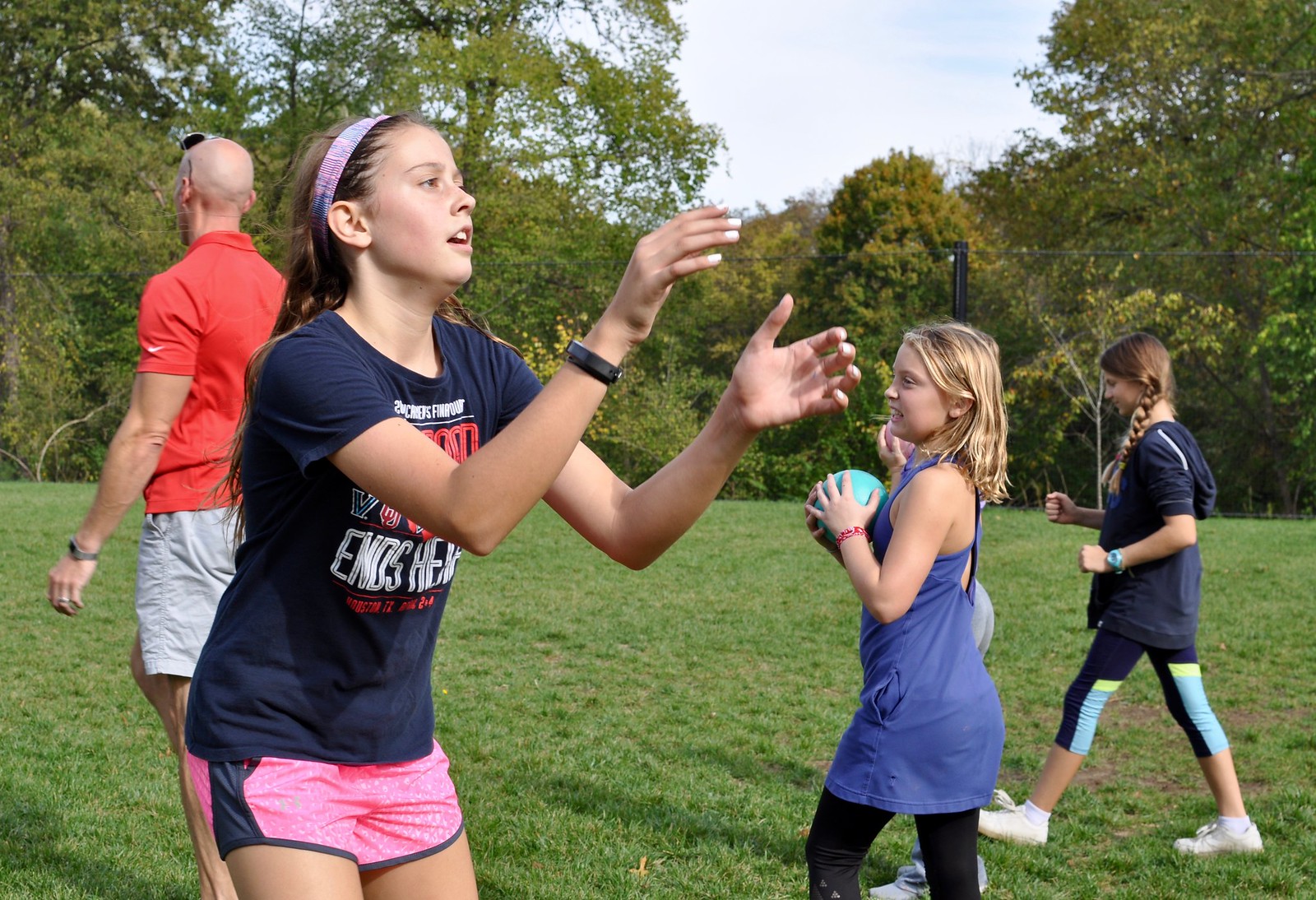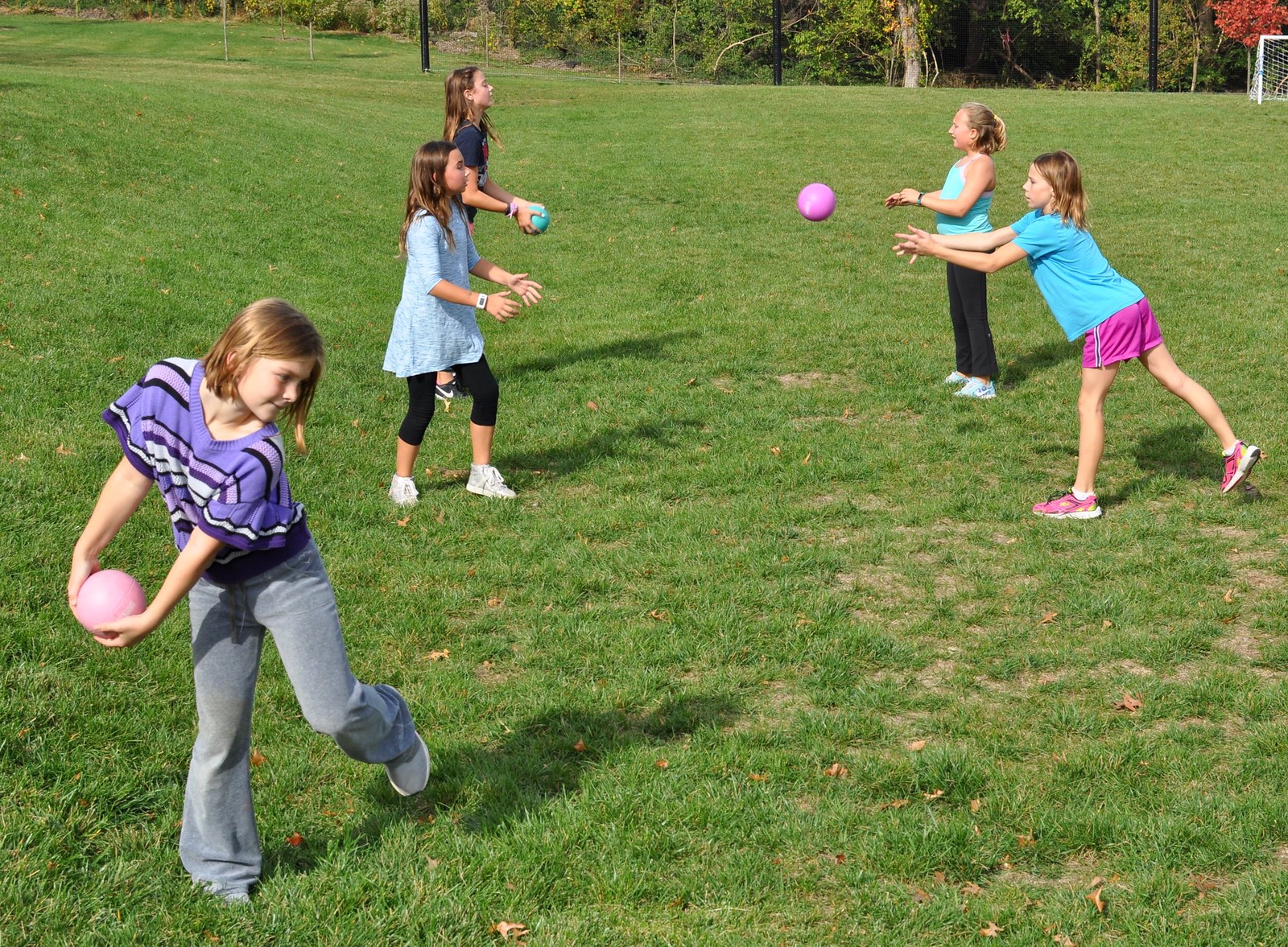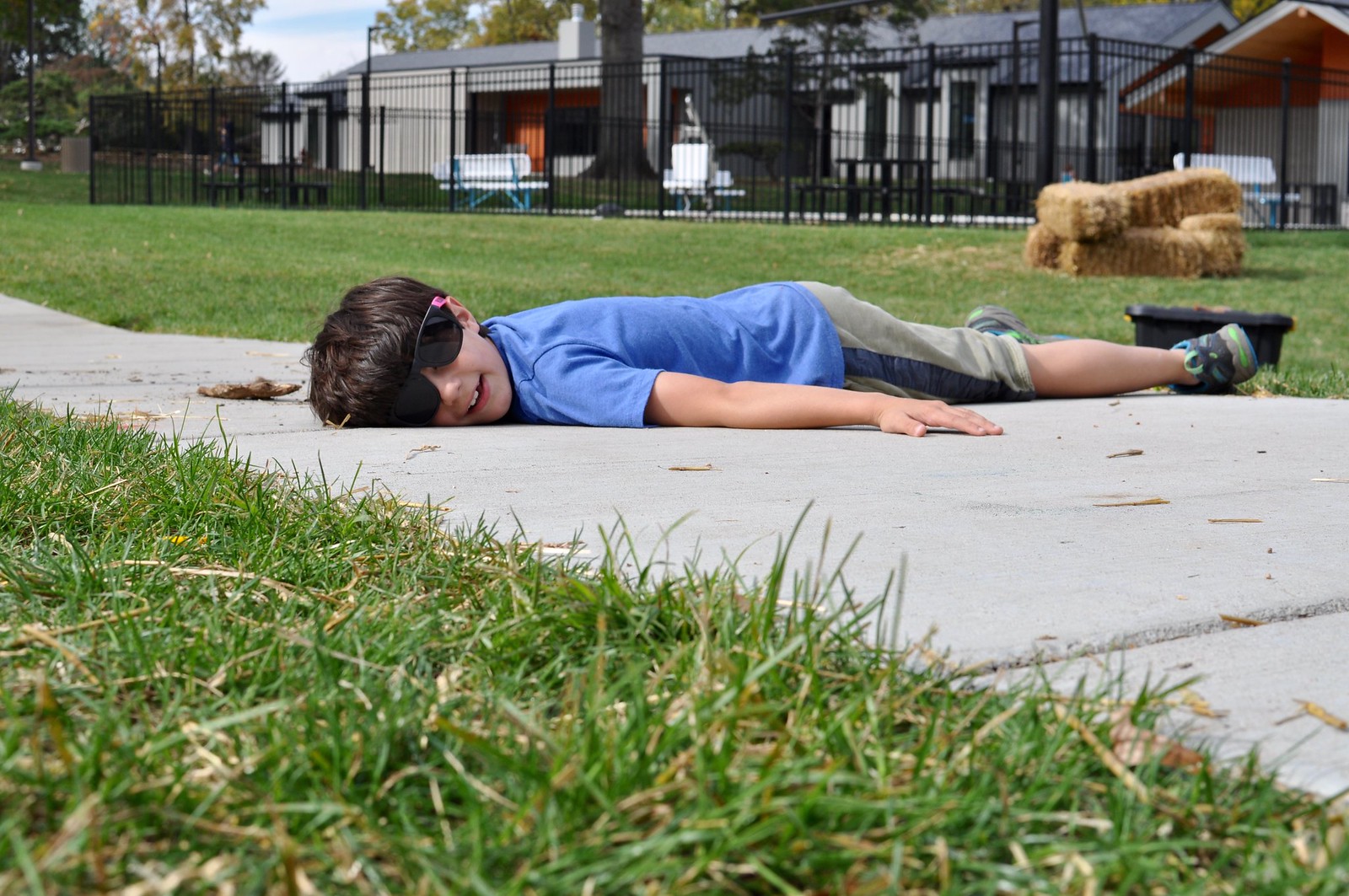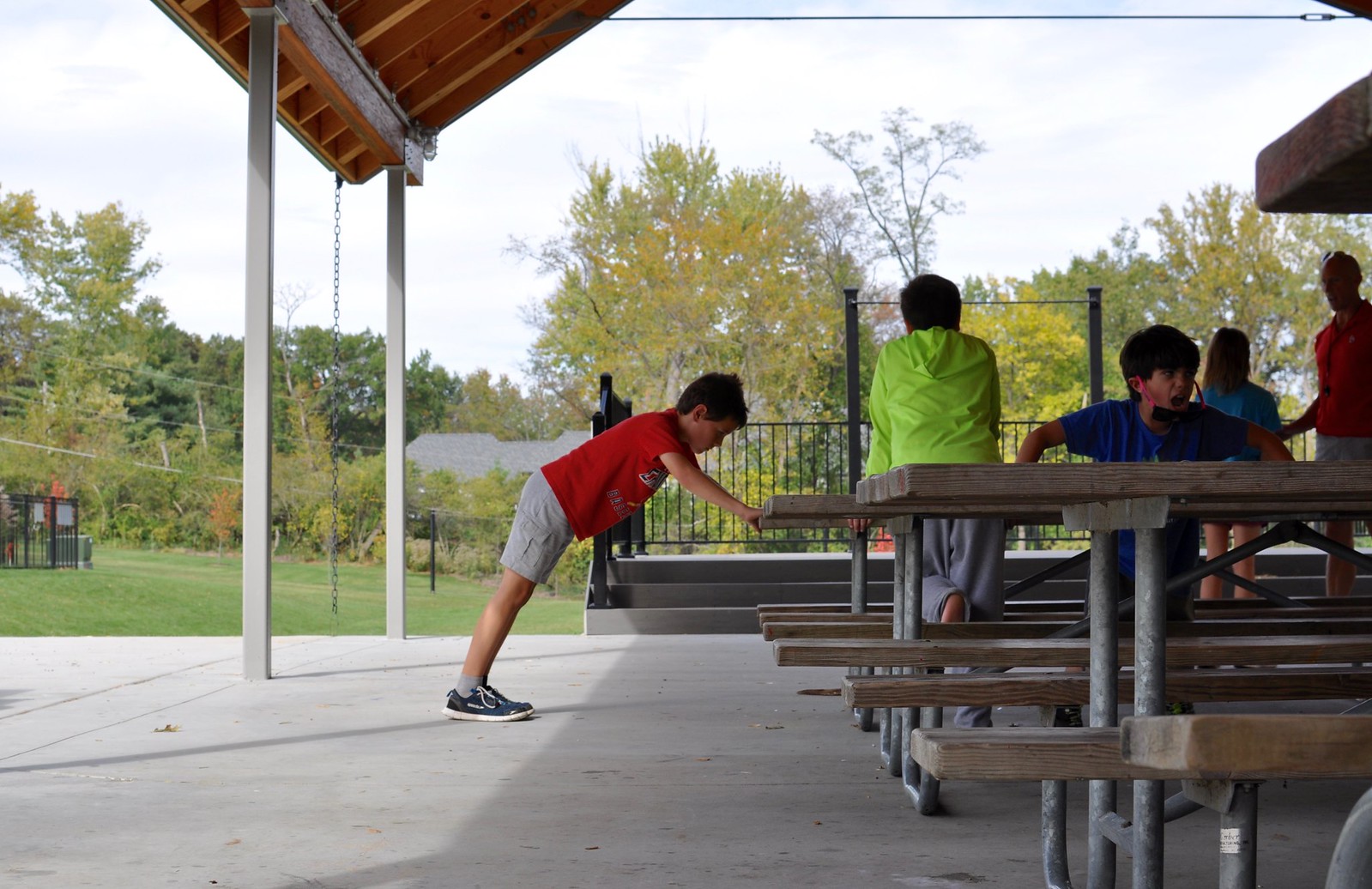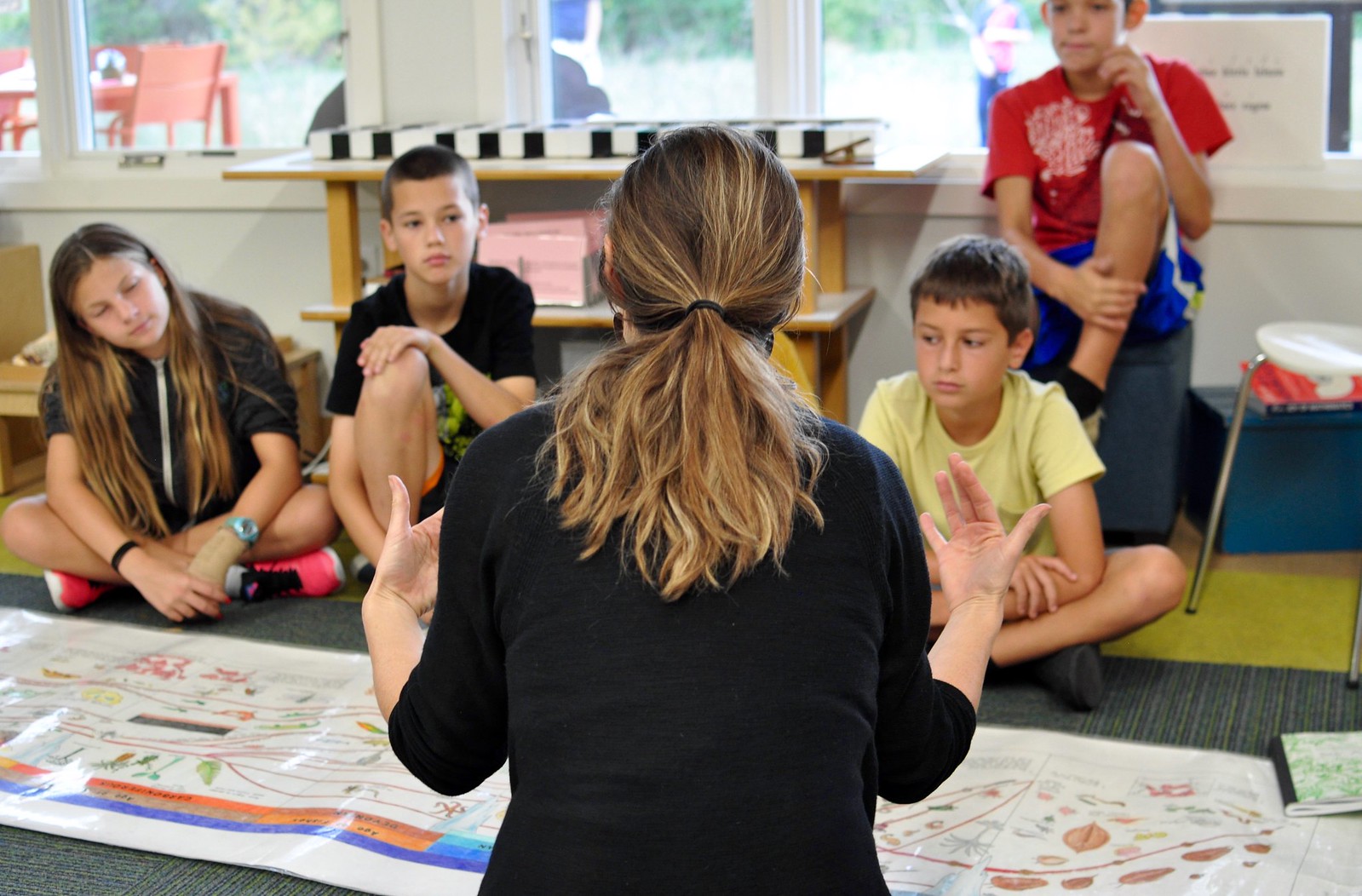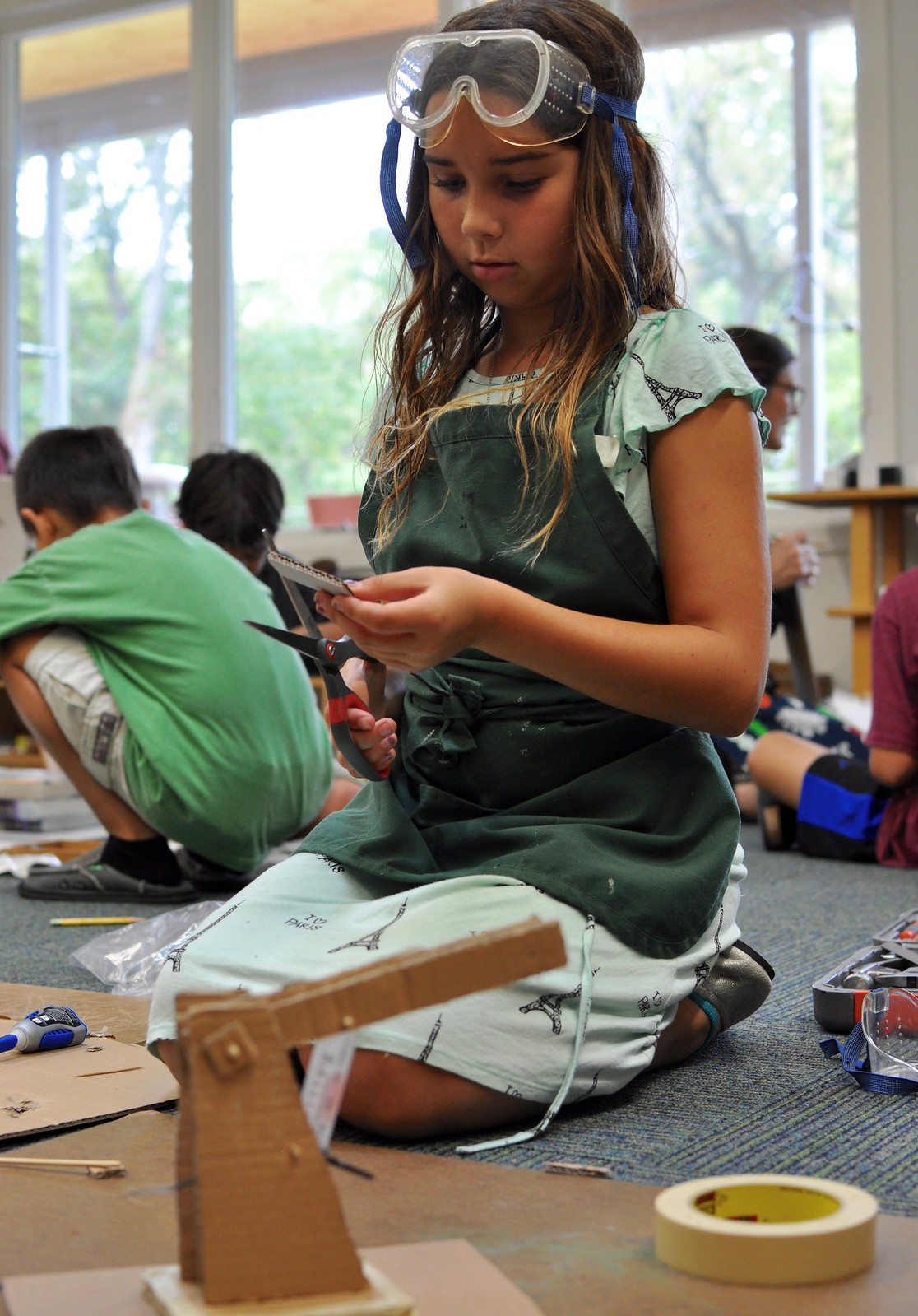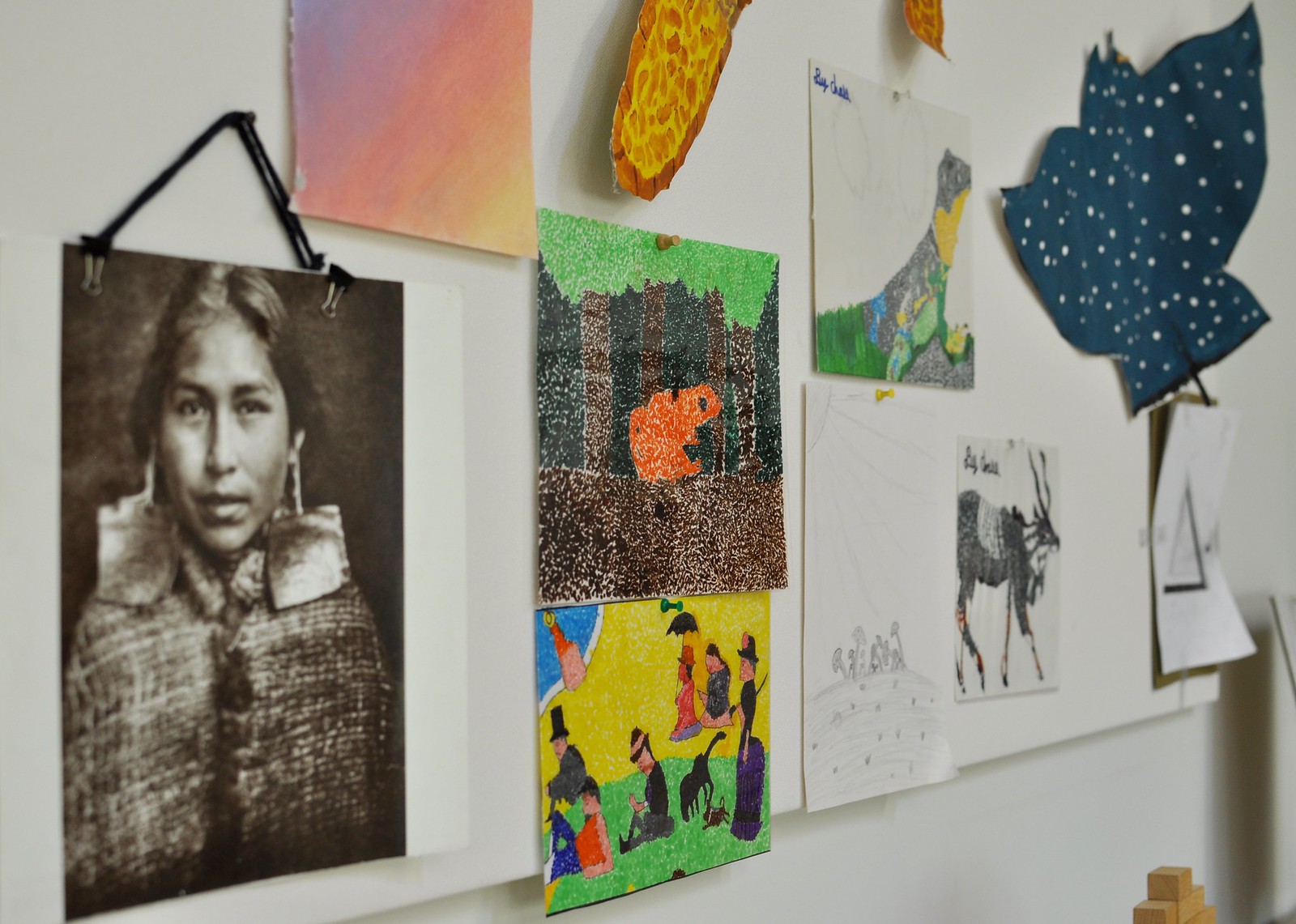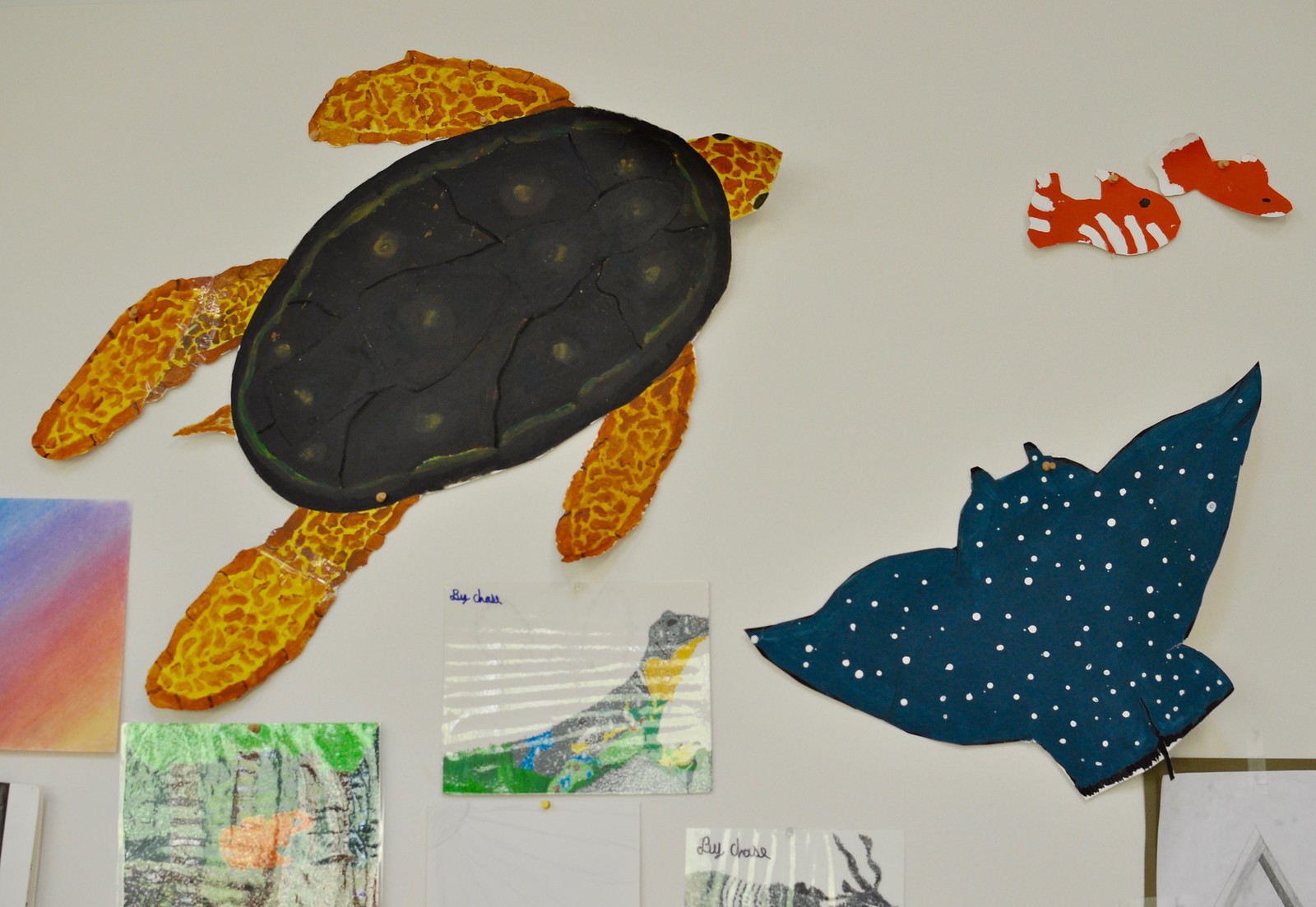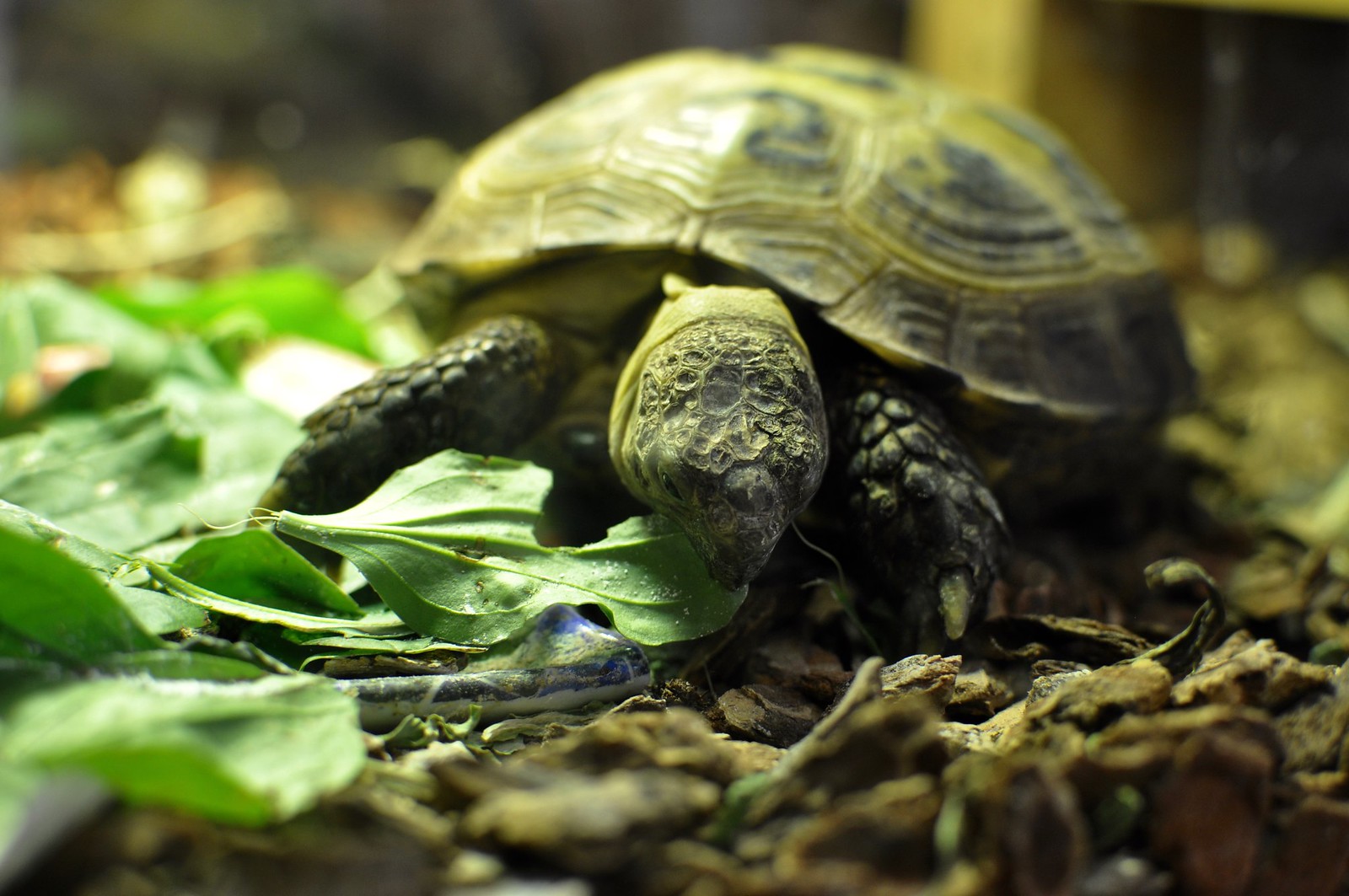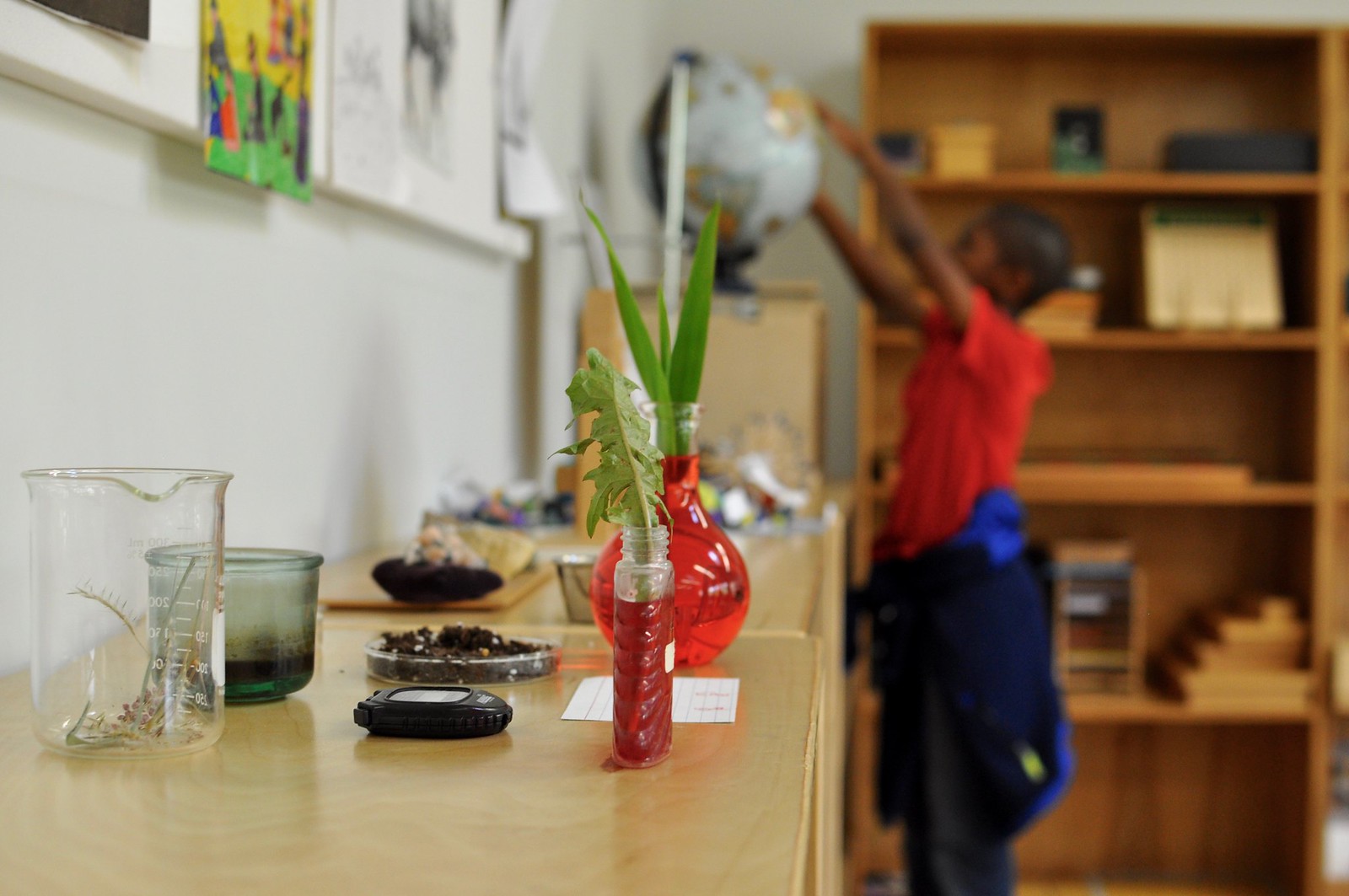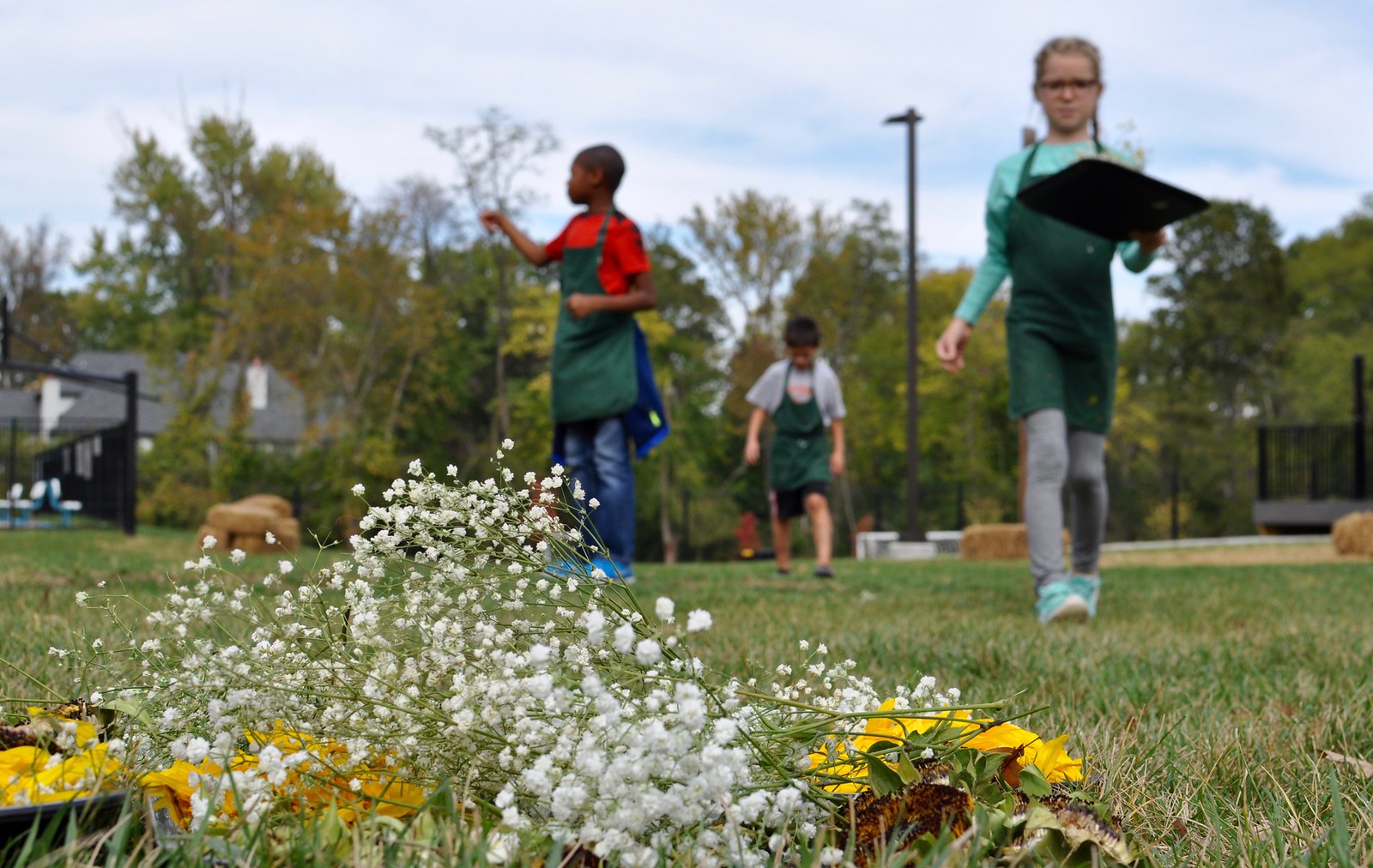Holiday Gift Guide
 The holiday season is upon us! We've rounded up a list of great gifts for children of all ages that support aspects of Montessori learning. Check it out, below!
The holiday season is upon us! We've rounded up a list of great gifts for children of all ages that support aspects of Montessori learning. Check it out, below! Opinel Le Petit Chef SetMade in France by Opinel, a French company that has been making knives since 1890, this sweet and practical set of essential cooking tools includes a stainless steel "Le Petit Chef" knife with a 10cm stainless steel blade with a rounded tip and a learning ring to help position and protect the fingers; a vegetable peeler with a stainless steel blade and a learning ring, and a finger guard to protect the hand while learning proper positioning.
Opinel Le Petit Chef SetMade in France by Opinel, a French company that has been making knives since 1890, this sweet and practical set of essential cooking tools includes a stainless steel "Le Petit Chef" knife with a 10cm stainless steel blade with a rounded tip and a learning ring to help position and protect the fingers; a vegetable peeler with a stainless steel blade and a learning ring, and a finger guard to protect the hand while learning proper positioning. Children's ApronAn apron comes in handy not only for helping to cook and bake in the kitchen, but also for protecting your child's clothing when doing dishes or even painting! This one measures 22.25" long x 19" wide, is 100% cotton, and has a nice big pocket on the front.
Children's ApronAn apron comes in handy not only for helping to cook and bake in the kitchen, but also for protecting your child's clothing when doing dishes or even painting! This one measures 22.25" long x 19" wide, is 100% cotton, and has a nice big pocket on the front. Montessori Gobbi MobileThe Gobbi Mobile is the third in the Visual Mobile Series following the Munari and Octahedron Mobiles. This one consists of five spheres. Colors of each sphere change very gradually. The size of each ball is around 1.46-1.5inches. This would be a lovely handmade gift for an expectant family. Read more about the infant Montessori home environment here.
Montessori Gobbi MobileThe Gobbi Mobile is the third in the Visual Mobile Series following the Munari and Octahedron Mobiles. This one consists of five spheres. Colors of each sphere change very gradually. The size of each ball is around 1.46-1.5inches. This would be a lovely handmade gift for an expectant family. Read more about the infant Montessori home environment here. Touch Think Learn: ABCThis sturdy cardboard book gives little ones a touch-and-learn introduction to the alphabet with featuring die-cut letters embedded in mirrored cutouts.
Touch Think Learn: ABCThis sturdy cardboard book gives little ones a touch-and-learn introduction to the alphabet with featuring die-cut letters embedded in mirrored cutouts. Grimm's Set of 5 Small Wooden Stacking and Nesting BowlsSuitable for children and toddlers age 1 year & up, these bowls are made in Germany from sustainably-harvested European alder wood and gently finished with safe non toxic water-based stains & food-safe oils (no varnish). Each bowl is 1.5" in height. The largest bowl has a 4-inch diameter (10 cm). Young children will learn about size and sequencing as well as exercise their fine motor skills. They also come in rainbow colors!
Grimm's Set of 5 Small Wooden Stacking and Nesting BowlsSuitable for children and toddlers age 1 year & up, these bowls are made in Germany from sustainably-harvested European alder wood and gently finished with safe non toxic water-based stains & food-safe oils (no varnish). Each bowl is 1.5" in height. The largest bowl has a 4-inch diameter (10 cm). Young children will learn about size and sequencing as well as exercise their fine motor skills. They also come in rainbow colors!  Molecules, by Theodore GrayYou may have seen Gray's other books, like Elements or Reactions, in the Lower and Upper Elementary classrooms. These books get lots of attention; they are full of stunning photography and can inspire children and adults alike. In Molecules, Gray begins with an explanation of how atoms bond to form molecules and compounds, as well as the difference between organic and inorganic chemistry, and goes on to explore the vast array of materials molecules can create, including: soaps and solvents; goops and oils; rocks and ores; ropes and fibers; and controversial compounds including asbestos, CFCs, and thimerosa.
Molecules, by Theodore GrayYou may have seen Gray's other books, like Elements or Reactions, in the Lower and Upper Elementary classrooms. These books get lots of attention; they are full of stunning photography and can inspire children and adults alike. In Molecules, Gray begins with an explanation of how atoms bond to form molecules and compounds, as well as the difference between organic and inorganic chemistry, and goes on to explore the vast array of materials molecules can create, including: soaps and solvents; goops and oils; rocks and ores; ropes and fibers; and controversial compounds including asbestos, CFCs, and thimerosa. Small Tool Box SetThis small tool box includes a hammer, saw, Phillips head screwdriver, flat head screwdriver, ruler and pencil. It is a great way to introduce young children to (supervised) use of real tools. Pair it with this Woodworking with Children book (below).
Small Tool Box SetThis small tool box includes a hammer, saw, Phillips head screwdriver, flat head screwdriver, ruler and pencil. It is a great way to introduce young children to (supervised) use of real tools. Pair it with this Woodworking with Children book (below).
 Into the Unknown: How Great Explorers Found Their Way by Land, Sea and Air, by Stuart Ross; illustrated by Stephen BiestyThis book is a wonderful gift for older children. Discover how the greatest explorers in history — from Marco Polo to Neil Armstrong — plunged into the unknown and boldly pieced together the picture of the world we have today. Contains masterful cross sections, dramatic storytelling, and sidebars that highlight key concepts, places, and technology, immerse yourself in such expeditions as:—Leif Eriksson’s voyage to North America (eleventh century)—Zheng He’s travels from China to East Africa (fifteenth century)—Magellan’s circumnavigation of the globe (sixteenth century)—Tenzing Norgay’s and Edmund Hillary’s scaling of Mt. Everest(twentieth century)
Into the Unknown: How Great Explorers Found Their Way by Land, Sea and Air, by Stuart Ross; illustrated by Stephen BiestyThis book is a wonderful gift for older children. Discover how the greatest explorers in history — from Marco Polo to Neil Armstrong — plunged into the unknown and boldly pieced together the picture of the world we have today. Contains masterful cross sections, dramatic storytelling, and sidebars that highlight key concepts, places, and technology, immerse yourself in such expeditions as:—Leif Eriksson’s voyage to North America (eleventh century)—Zheng He’s travels from China to East Africa (fifteenth century)—Magellan’s circumnavigation of the globe (sixteenth century)—Tenzing Norgay’s and Edmund Hillary’s scaling of Mt. Everest(twentieth century) Birds of Prey PosterThis poster, measuring 14.25" x 20.5", contains beautiful illustrations with the English and Latin versions of each bird's name. It's great for identifying birds, or for budding artists learning to draw from nature. There are other versions as well, including Backyard Bugs, Herbs, Butterflies, Garden Birds, Tree Leaves, Wildflowers, and General Wildlife, among others.
Birds of Prey PosterThis poster, measuring 14.25" x 20.5", contains beautiful illustrations with the English and Latin versions of each bird's name. It's great for identifying birds, or for budding artists learning to draw from nature. There are other versions as well, including Backyard Bugs, Herbs, Butterflies, Garden Birds, Tree Leaves, Wildflowers, and General Wildlife, among others. Spring LyreConsider a musical instrument for your child! The lyre is tuned to the pentatonic scale, which enables little fingers to walk the strings in any order and create a sound as sweet as a bird's song. This one, handmade in the USA, is made from one solid piece of cherry wood, and comes complete with an extra set of strings, turning wrench, felt accessory pouch, and a booklet that discusses the care and use of the lyre.Consider an ExperienceMany families may decide against buying more things for their children. Instead, consider gifting a trip, experience, or lesson to your child. Some ideas:School of Rock music lessonsFlying Trapeze lesson (you can do this with your child in the springtime!)Free Pass to a National Park for fourth graders through Every Kid in a Park: consider taking an off-season trip to beat the crowds!A Trip with a Parent or Grandparent: Take a day trip with just one child to a place you've never been before. You'll both enjoy a new city while spending time together.Season Passes: Give your child a season pass to one of the many wonderful museums around St. Louis, including the City Museum, The Magic House, or the Missouri Botanical Garden.Happy gifting!
Spring LyreConsider a musical instrument for your child! The lyre is tuned to the pentatonic scale, which enables little fingers to walk the strings in any order and create a sound as sweet as a bird's song. This one, handmade in the USA, is made from one solid piece of cherry wood, and comes complete with an extra set of strings, turning wrench, felt accessory pouch, and a booklet that discusses the care and use of the lyre.Consider an ExperienceMany families may decide against buying more things for their children. Instead, consider gifting a trip, experience, or lesson to your child. Some ideas:School of Rock music lessonsFlying Trapeze lesson (you can do this with your child in the springtime!)Free Pass to a National Park for fourth graders through Every Kid in a Park: consider taking an off-season trip to beat the crowds!A Trip with a Parent or Grandparent: Take a day trip with just one child to a place you've never been before. You'll both enjoy a new city while spending time together.Season Passes: Give your child a season pass to one of the many wonderful museums around St. Louis, including the City Museum, The Magic House, or the Missouri Botanical Garden.Happy gifting!
















